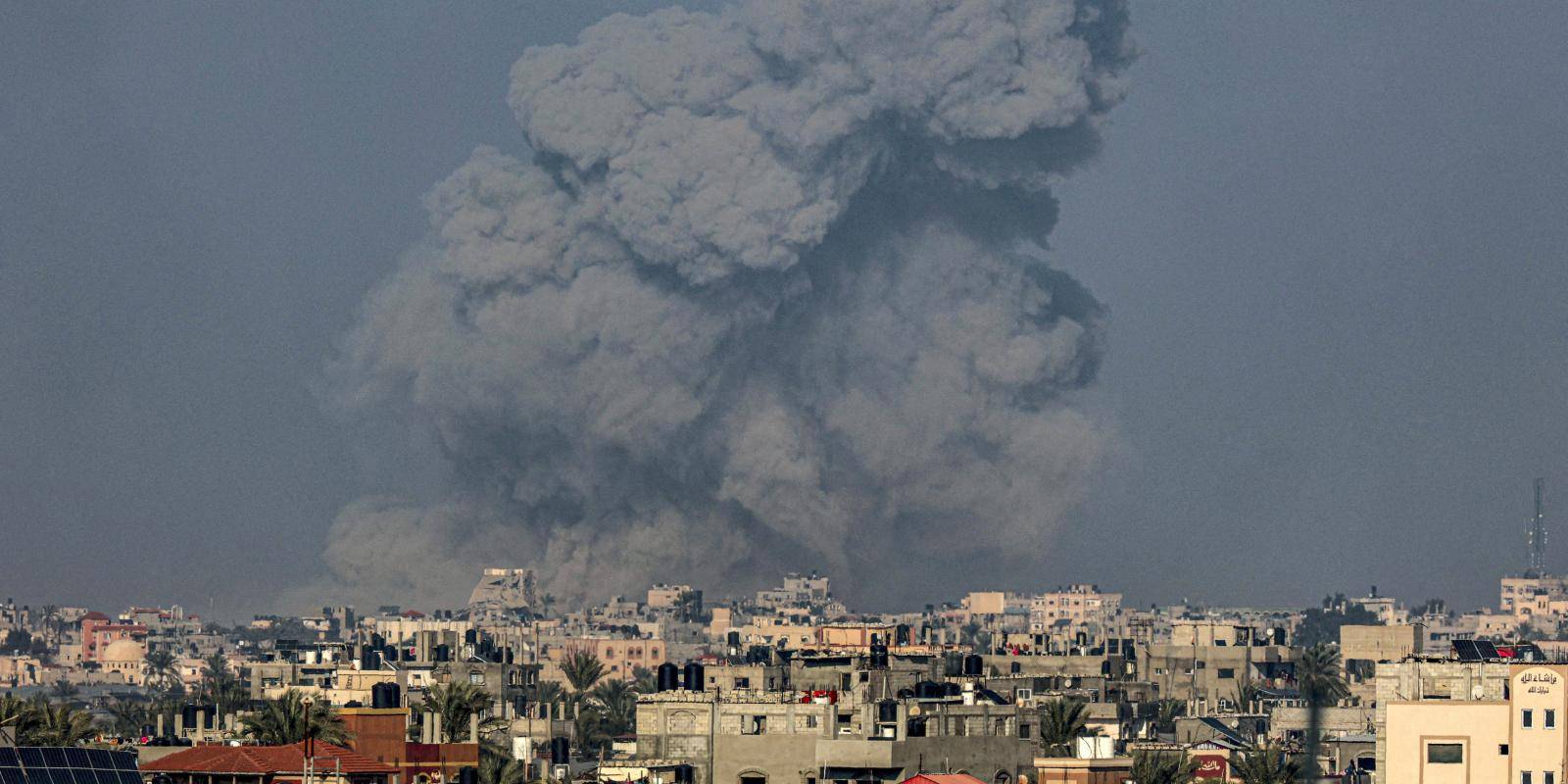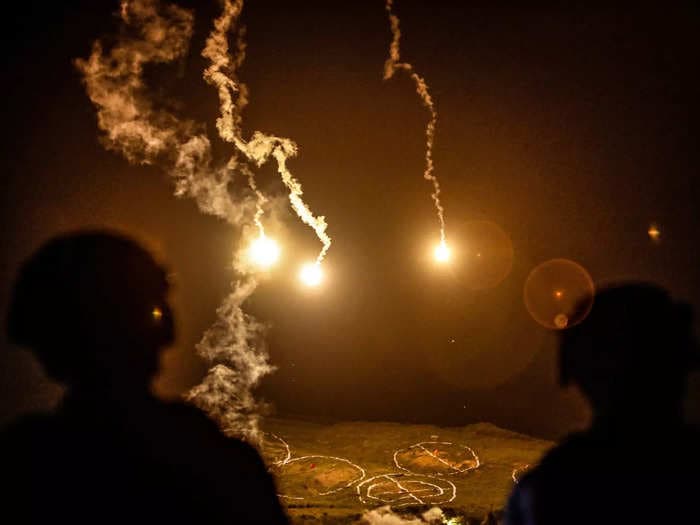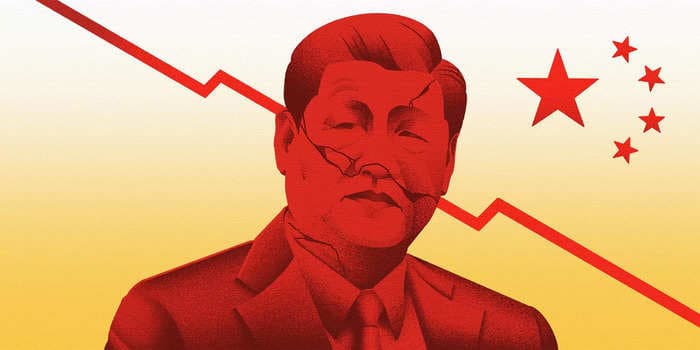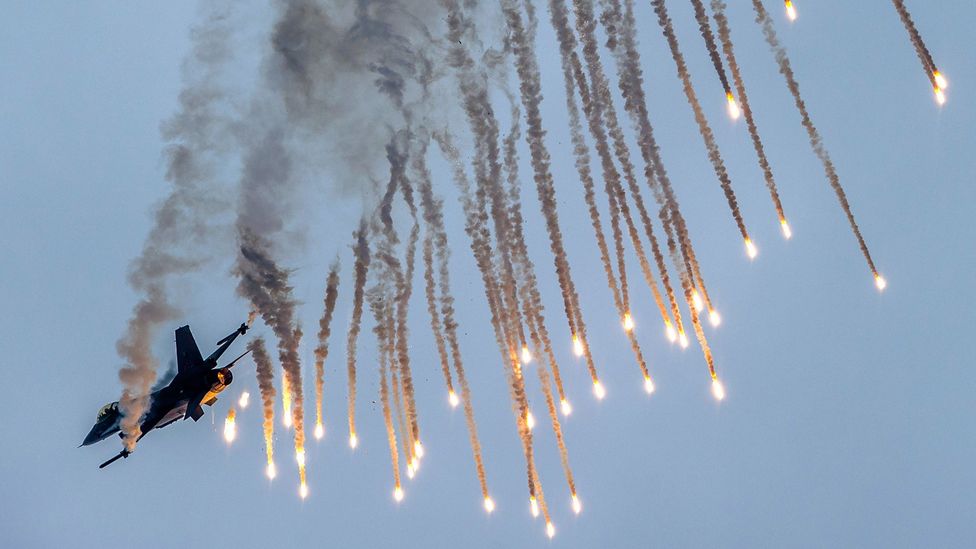
The Gaza war has exacted a devastating human toll, above all on the Palestinian civilian population of the territory. More than 25,000 Palestinians have been killed by Israeli forces and 90% of the population is displaced from their homes.
It has also caused extensive economic damage, not only to Gaza and the West Bank, but also to neighbouring countries and to Israel itself. There are powerful political and humanitarian arguments for a ceasefire, to which a strong case arising from economic self-interest can be added.
This applies not only to countries such as Jordan and Egypt, whose already vulnerable economies have been hit hard, but also to the major Gulf Arab states, which will be called upon to finance a large part of the reconstruction and recovery costs.
Neighbouring countries facing economic difficulty
Prior to the 7 October attack on Israel by Hamas and other armed factions in Gaza, the surrounding countries were facing varying degrees of economic difficulty. Lebanon remained mired in a deep financial crisis, mitigated to a small extent by increased tourism and remittances.
Syria had failed to derive any significant benefits from its readmission to the Arab League, and inflation has surged to a record level of well over 100% according to some local economists.
Jordan registered some modest improvements on the back of a revival in tourism, but its growth rate was below 3%, unemployment was over 20%, and heavy spending commitments for state salaries, subsidies and the army meant that there was little left for investment, while public debt was about 90% of GDP.
Egypt was in the throes of a severe foreign exchange crisis, with inflation hitting 40%. A strong tourism recovery and steadily increasing revenue from the Suez Canal were among the few bright spots.













